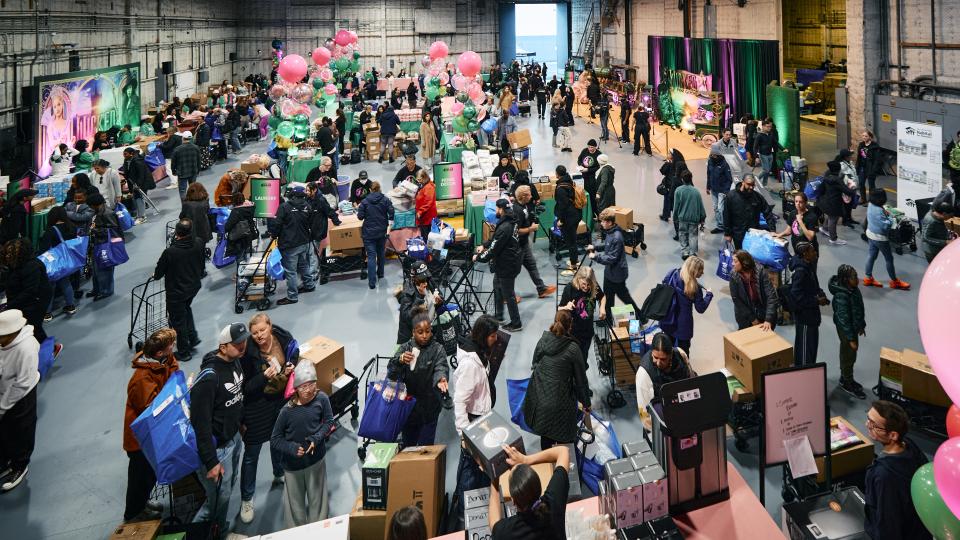How Universal Took Steps to Make ‘Wicked’ Even Greener
Filmmakers and Universal Pictures aspired to create a green set, in every sense of the word.

December 05, 2024
As the first title to be formally greenlit under Universal’s GreenerLight Program, Wicked cast and crew had the challenge – and opportunity – to encourage sustainability throughout the entire filmmaking process, from script to screen.
Wicked is a time-honored and beloved story, and one that contains strong environmental themes throughout. From a widespread drought that caused food shortages, to Elphaba going above and beyond to protect animals and wildlife from unjust treatment, this story is ripe with examples of how environmental themes can be found in every genre of storytelling.
Behind the scenes, the filmmakers brought on local consultants to oversee the Sustainable Production Program on the ground, including efforts to engage the crew and reduce environmental impacts.
The production sustainability plan included efforts to utilize clean energy technologies and reduce waste, and the film’s marketing campaign included sustainability videos to help educate and inspire fans.
Clean Energy & Technology
- Sourcing renewable electricity and renewable diesel (HVO) avoided approximately 45%* of the production’s Scope 1 & 2 emissions – cutting the carbon footprint nearly in half. This included utilizing 100% renewable electricity when filming at Sky Studios Elstree and other sound stages.
- The transport fleet included several electric vehicles and the production trialed a fully electric heavy-duty 18-tonne truck. Mobile battery technology was also used to reduce the need for diesel generators.
- 75% of set lighting was energy-efficient LEDs, which is above average for a film of this size.
Materials & Reuse
- Tulips and greenery that created some of the film’s most iconic and stunning visual landscapes were resold back to the local community.
- Construction materials were reused from previous sets including timber, workbenches, paints, and molds whenever possible. Plywood purchases were Forest Stewardship Council (FSC) certified, ensuring it was responsibly harvested.
- Costume designers reused fabric rolls, fittings, hangars, garment bags, and other materials from previous productions – and fabric and costumes from within the production were dyed and repurposed for different scenes.
- The on-set menu was 40% vegan and indicated the carbon intensity of each meal. There was a robust recycling and composting program, with food scraps donated to a local farm, coffee grounds repurposed into heating fuel, and waste oil collected for use as biofuel.
- Single-use plastics were reduced, including avoiding over 500,000 plastic water bottles by having water refill stations.
Audience Engagement
- The marketing campaign included sustainability videos featuring Jeff Goldblum and Wicked Director Jon M. Chu to engage audiences during the release of the film. This included a behind-the-scenes video, an in-theater PSA, and a “Green or Grimmerie” game about real green solutions that sound fantastical.
While every project has unique sustainability opportunities, there is always more to be done. Wicked proves one thing: like Elphaba, we can all find the power in being green.
*Emission avoided based on the production’s Scope 1+2 carbon footprint, including usage of clean electricity and fuel from renewable (HVO) sources, compared to a pro-forma Scope 1+2 carbon footprint calculated with 100% grid electricity and no renewable fuels.









